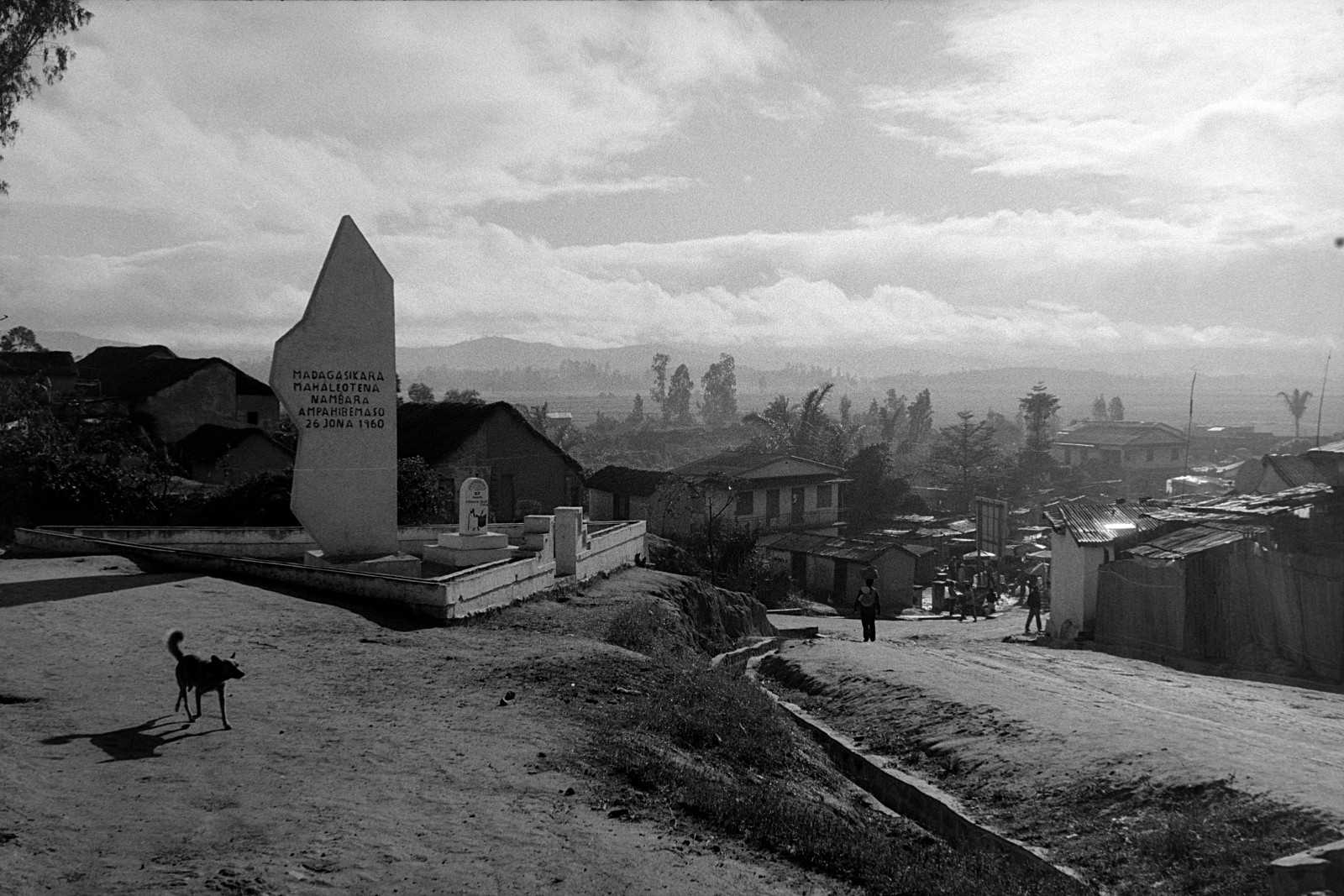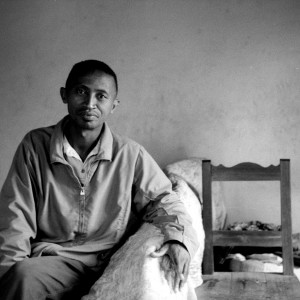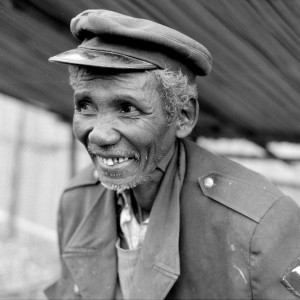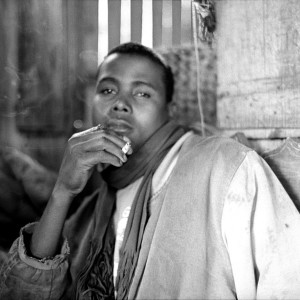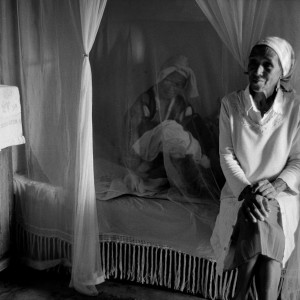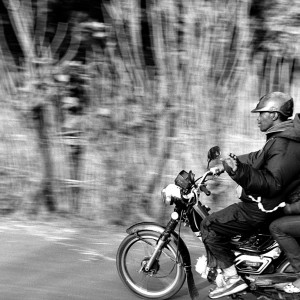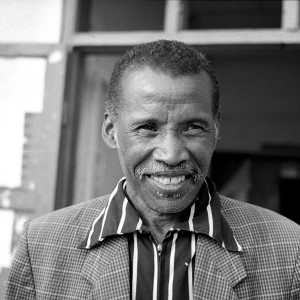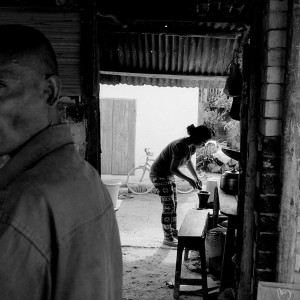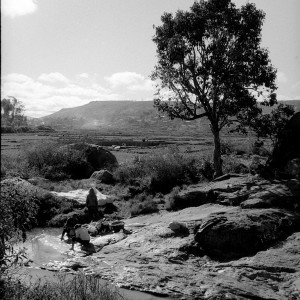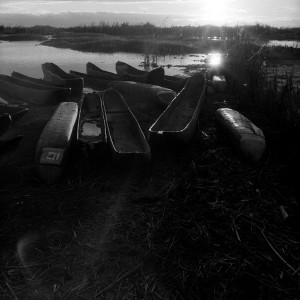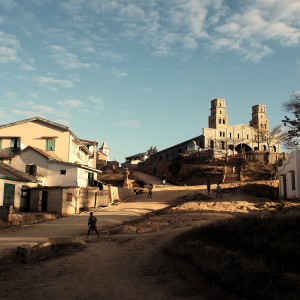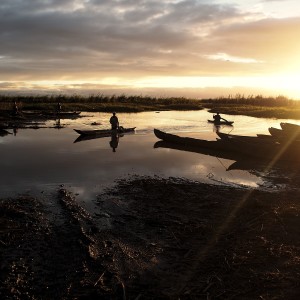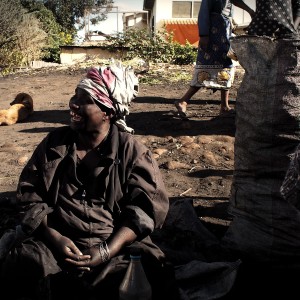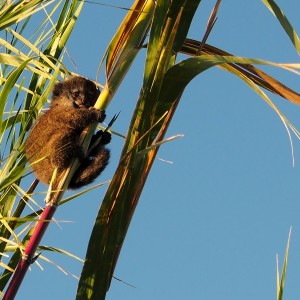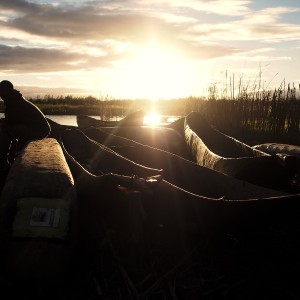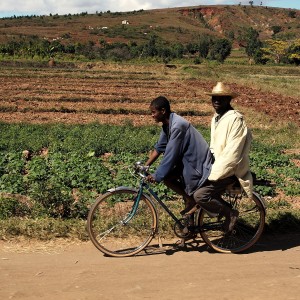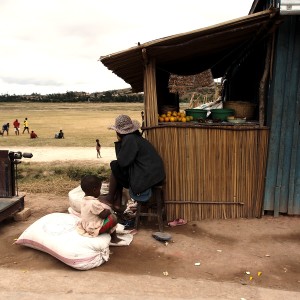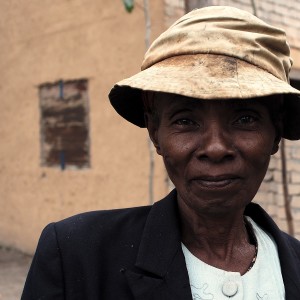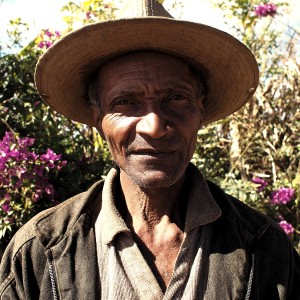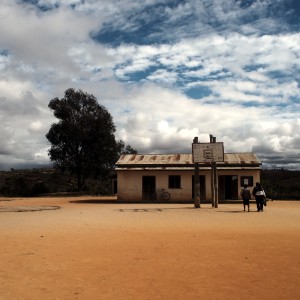Working with ETH Zurich’s AlaReLa project in the Alaotra region in Madagascar.
Tempo: June 2014, October-December 2015 and September-December 2016
Locus: Alaotra region, nearby Ambatondrazaka, Madagascar
For this project Arnaud went to the Alaotra-Mangoro region for three stays from 2014 to 2016. The aim was to use photography and the participatory approach (called “iterations”) and portray all activities around the Alaotra lake as well as the work of the AlaReLa project scientists.
Arnaud collaborated with the scientist to build upon the knowledge corpus of resilience thinking at the lake and some of his pictures are used in presentations at conference or in scientific article within the project. He also gave a presentation at the Wetland conference in Antananarivo in October 2017.
Four exhibitions have been created from the pictures: one at the GTOE scientific conference in Zürich and three in Madagascar in collaboration with a local photographer Arifidy Rafalimanana. This large project consists of two sets of 25 prints by each photographer and a mosaïk of more than 150 pictures in common. One set extracted from this final exhibition is travelling around the country in the Alliances Françaises network…
The first exhibition “Life and faces of the Alaotra lake, Madagascar” is visible on the BOP’s website (with introduction in French, English by Dr. Patrick Waeber, translated in Malagasi by Ihoby Randriamalala, and captions by Dr. Lucienne Wilmé).
The Agency Le Pictorium proposes the final exhibition for rent (direct link). Also many images are available for illustration via the agency together with four photo-reports (what happens after a rush of illegal mining, missionary work and carpentry teaching, traditional festival Feraomby and NGO based conservation of the lake) Arnaud did during his last stay at the lake in 2016.
Tempo: Juin 2014, octobre-décembre 2015 et sans septembre-décembre 2016
Locus: Autour du lac Alaotra, près d’Ambatondrazaka, Madagascar
Pour ce projet, Arnaud s’est rendu dans la région d’Alaotra-Mangoro pour trois séjours entre 2014 et 2016. Le but était d’utiliser la photographie et l’approche participative afin de décrire toutes les activités autour du lac Alaotra ainsi que le travail des scientifiques du projet AlaReLa.
Arnaud a collaboré avec les scientifiques pour apporter de nouvelles informations au corpus de connaissances de la résilience autour du lac. Certaines de ses images sont utilisées dans des présentations en conférence ou dans des articles scientifiques du projet. Il a également donné une présentation lors de la conférence sur les zones humides à Antananarivo en octobre 2017.
Quatre expositions ont été créées à partir des images : une à la conférence scientifique GTOE à Zürich et trois à Madagascar en collaboration avec le photographe local Arifidy Rafalimanana. Ce grand projet se compose de deux séries de 25 tirages par chaque photographe et d’une mosaïque de plus de 150 images en commun. Un ensemble extrait de cette exposition finale parcourt le pays dans le réseau des Alliances Françaises …
La première exposition “Life and faces of the Alaotra lake, Madagascar” est visible sur le site de l’association BOP : Dr. Patrick Waeber y décrit le projet en francais et en anglais, l’introduction est traduite en malgache par Ihoby Randriamalala et les légendes des photographies sont de Dr. Lucienne Wilmé.
L’agence Le Pictorium propose l’exposition finale en location (lien direct). De nombreuses images d’illustration sur Madagascar sont aussi disponible via l’agence. Lors de son dernier séjour en 2016 Arnaud a fait quatre photoreportages qui sont disponibles aussi via l’agence : les mines illégales et leurs effets après le rush, le festival traditionnel Feraomby, un missionnaire italien dohénien professeur de menuiserie et la conservation du lac par des ONG.

Exposition AlaReLa @ IFM Antananarivo 2016
Black and white (shot with Voigtländer Bessas on Ilford fp4+):
—
Colour (shot with an Olympus OM-D, Olympus Pen and Leica M240):
—
–##– More images –##–
